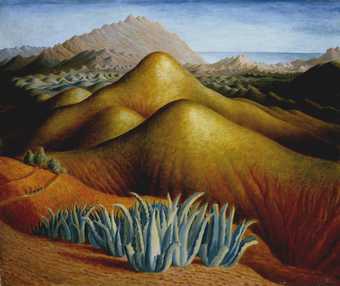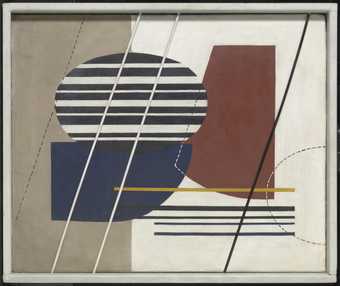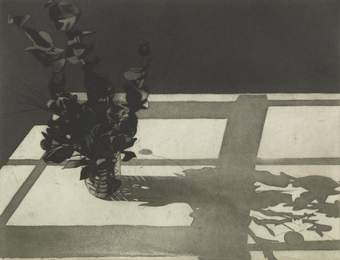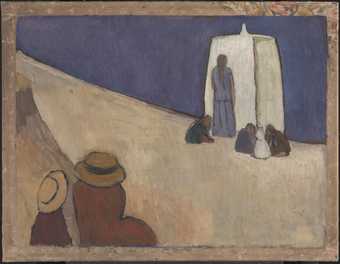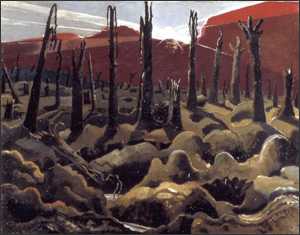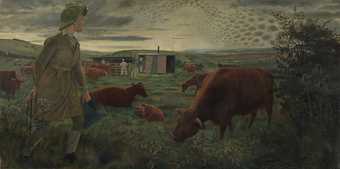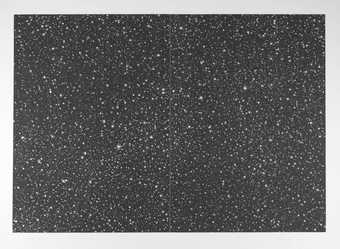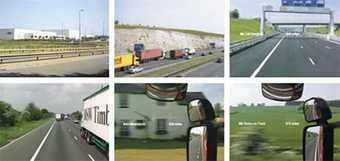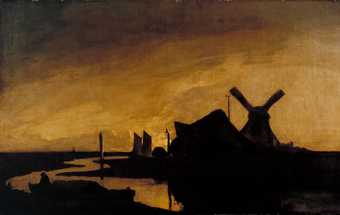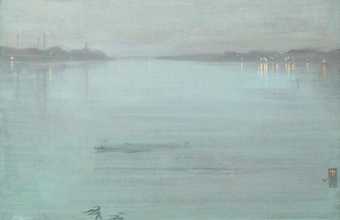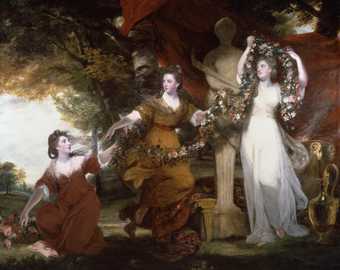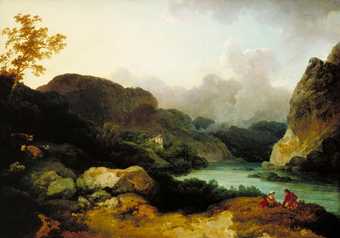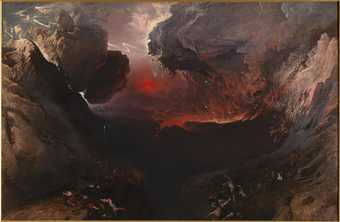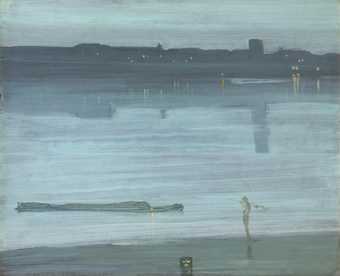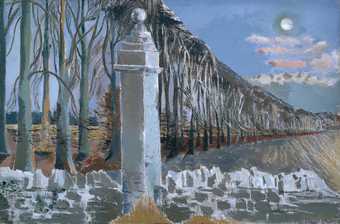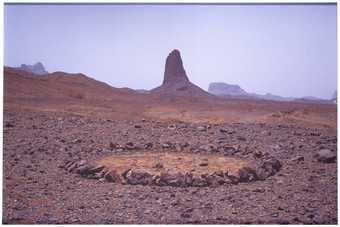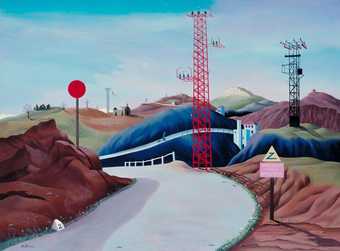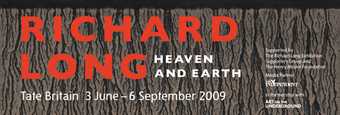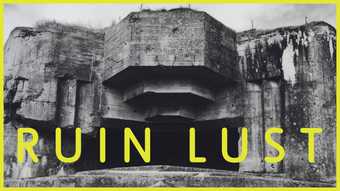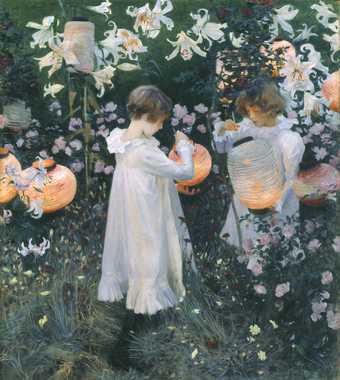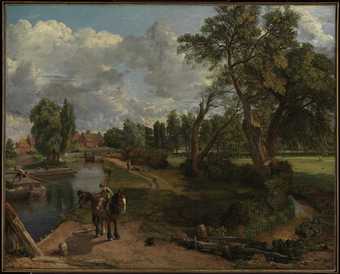
John Constable
Flatford Mill (‘Scene on a Navigable River’)
(1816–7)
Tate
The appreciation of nature for its own sake, and its choice as a specific subject for art, is a relatively recent phenomenon. Until the seventeenth century landscape was confined to the background of portraits or paintings dealing principally with religious, mythological or historical subjects (History painting).
Today, landscape continues to be a major theme in art with many artists using documentary techniques such as video, photography and classification processes to explore the ways we relate to the places we live in and to record the impact we have on the land and our environment.
Landscape across the centuries
In the work of the seventeenth-century painters Claude Lorraine and Nicholas Poussin, the landscape background began to dominate the history subjects that were the ostensible basis for the work. Their treatment of landscape however was highly stylised or artificial: they tried to evoke the landscape of classical Greece and Rome and their work became known as classical landscape. At the same time Dutch landscape painters such as Jacob van Ruysdael were developing a much more naturalistic form of landscape painting, based on what they saw around them.
When, also in the seventeenth century, the French Academy classified the genres of art, it placed landscape fourth in order of importance out of five genres. Nevertheless, landscape painting became increasingly popular through the eighteenth century, although the classical idea predominated.
The nineteenth century, however, saw a remarkable explosion of naturalistic landscape painting, partly driven it seems by the notion that nature is a direct manifestation of God, and partly by the increasing alienation of many people from nature by growing industrialisation and urbanisation. Britain produced two outstanding contributors to this phenomenon in John Constable and J.M.W. Turner. The baton then passed to France where, in the hands of the impressionists, landscape painting became the vehicle for a revolution in Western painting (modern art) and the traditional hierarchy of the genres collapsed.
In the second half of the twentieth century, the definition of landscape was challenged. The genre expanded to include urban and industrial landscapes, and artists began to use less traditional media in the creation of landscape works. For example in the 1960s land artists such as Richard Long radically changed the relationship between landscape and art by creating artworks directly within the landscape.

